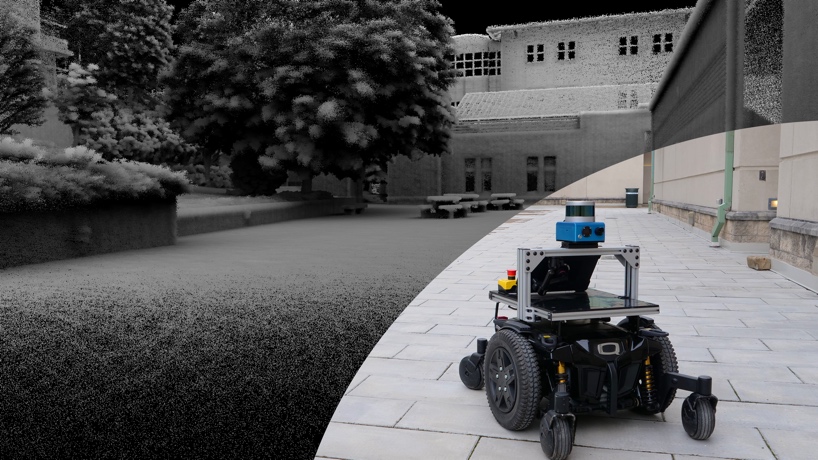Enabling autonomous exploration
By Aaron Aupperlee A research group in Carnegie Mellon University’s Robotics Institute is creating the next generation of explorers — robots. The Autonomous Exploration Research Team has developed a suite of robotic systems and planners enabling robots to explore more quickly, probe the darkest corners of unknown environments, and create more accurate and detailed maps. …










